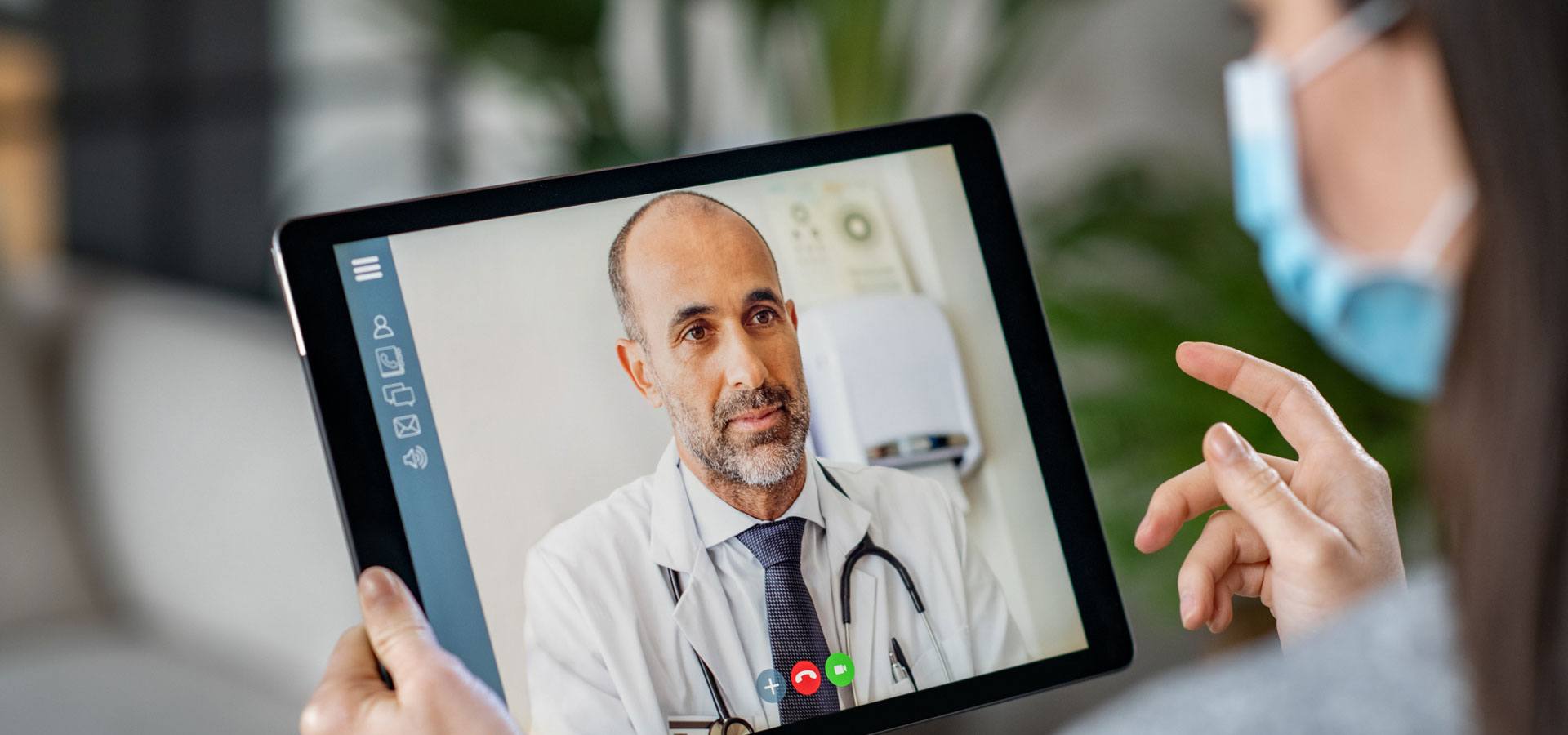Identifying Post-Pandemic Personas
Like most marketers, you likely make email marketing part of your marketing arsenal. As we move into the next phase of this historic pandemic, you’ll probably reach out to patients who fall into one of three categories:
- “Ready to Go” – People who are eager to return to everyday life as quickly as possible, with no hesitation to visit doctors’ offices again
- “Nervous but Necessary” – People who understand it’s time to visit their doctor, schedule a checkup, or follow through on a procedure, but might need some help feeling comfortable
- “Not Yet Ready” – People who aren’t comfortable venturing into public yet, and might be harder to encourage to come in for care
Your hospitals and doctors’ offices are probably buzzing with new protocols to ensure patient safety, and you’ve probably started communicating them with patients. Before they come to your facility, follow these tips for clear, consistent email messaging that prepares them for their future visits.
1. Lead with Empathy & Accessibility
While the world slowly approaches “life as normal,” your patients are trying to navigate the right time to seek care for themselves and their loved ones. That’s why tone is so important.
Tone is part of your brand voice and should be documented in your style guide and trained among people creating content in your organization. Empathy is ever-important in healthcare, and especially in the midst of a pandemic. While email can sometimes feel like its own beast, it’s important to keep this empathy at the forefront as you create your email outreach messages.
As you’re considering your tone in post-pandemic messaging, think about:
- Who you’re trying to reach: What are they doing when they read your email? What state of mind might they be in? How much time do they have?
- How you message content on your website: Is your content friendly, calming, and approachable on your website? Follow the same guidelines in your emails.
- How you might define your brand voice in three words: Can you be conversational, but not too casual? Or professional, but not patronizing? Document your decision and share (and practice) among your team.
In a similar vein to empathy, focus on using plain language to speak directly to your recipient and reader. Anxiety and fear impact our ability to understand and absorb information and can even interfere with our decision-making abilities. This is magnified in email, as you’re often reaching your reader as they’re multitasking.
2. Make Content Digestible
Like your website’s foundational content and content marketing, content that’s easy to digest is better for all users. This includes common writing for the web best practices including:
- Accurate, descriptive headings
- Short, easy-to-read paragraphs
- Scannable bulleted lists
- Patient-focused (first person) language that speaks to the reader
- Active voice content, written in the present tense
Breaking content and topics into smaller “chunks” is an effective place to start. While your email shouldn’t attempt to cover 20 topics in one message, you might be covering three or four that need to be broken up appropriately so the email reader can quickly scan and digest the information on the screen.
3. Consider Other Media to Share Your Message
Remember that text may not be the best delivery vehicle for your information right now. Videos, infographics, blog posts, and question and answer articles are valuable approaches to delivering important messages.
Engaging video, for example, can be another extension of an empathetic experience: Invite a doctor or leader to share a video message that updates patients on what to expect upon their first visit back to your clinics. Videos are very mobile-friendly, and popular among many consumers, even in an email format.
Infographics are also a simple, streamlined way to deliver information that’s engaging and digestible. Even if you’re updating people on your sanitization practices in waiting rooms, an infographic can be a great way to share that information.
4. Maximize Your Content with Links
Long story short, don’t publish content in your email marketing that can’t also be found on your website. Instead, maximize your email messaging by including links to foundational content on your website.
First, not every patient may get your emails, or open your emails. More importantly, your website is likely driving an increased amount of traffic during and after the pandemic, so keep your website updated with new information across your:
- Patient and caregiver resources
- Service-line pages, especially those impacted by COVID-19 changes
- Patient portal messaging
- Homepage banners or featured homepage content
In your emails, link to those pages of content, or to your crisis resource hub, where the recipient can read more information at their convenience. Then, they’re in charge of their exploratory journey from there and may even convert by scheduling an appointment after reading.
5. Avoid Experimenting Right Now
Email marketing is a great place to experiment with audience segments, messaging, and A/B testing, but now may not be the best time to run a large experiment, such as adjusting your voice and tone.
As your team works with leadership to define important messages to share with patients as you invite them back to non-urgent medical care and appointments, transparency, honesty, and accessibility should be your key goals.
However, keep an eye on your open rates and engagement, as this could dictate how and when you send future messages as news evolves from your organization.
Need Help Getting Started?
If you’re gearing up your email marketing for the return of services to your health system but want help ensuring you’ve captured the right information, contact Geonetric. Our expert digital strategists and marketers can help you create messages that are patient-focused and written with plain language. Or, download our whitepaper on how to prepare for the post-pandemic rebound.










